

by ANNA McNAY
When I began thinking about how Covid-19 was affecting artists, it was still early days in the UK; the government was simply advising self-isolation for those who had symptoms or had been in contact with others known to be ill. Galleries and museums were starting to close, but the majority of the public was still out and about – it was simply a case of uncertainty about the future. Elsewhere in the world – in Italy, for example – things were more extreme, with a government lockdown already in place. Over the fortnight in which I have been speaking to artists and collecting stories and opinions, however, things have been escalating and changing rapidly. Now, the UK is also in lockdown, and all museums and galleries are shut. Travel is banned unless “essential”. And this is becoming the status across the globe.
I put out a call for artists who wanted to talk to me about how their work or practice, planned exhibitions, income, or general livelihood was being affected, and the result has been overwhelming. I have spent much of the last fortnight on the phone, Skype and FaceTime, but am aware that the situation is changing so fast that what someone told me a week ago may have radically altered in the meantime. So as to best cover the myriad stories people have shared, this essay is going to be ordered thematically and broken down into the following five instalments: cancellations of exhibitions and fairs; self-isolation, moving online and financial implications; community and inner resilience; artistic responses to Covid-19 and the prescient zeitgeist; and long-term outlook – moving online? Most of all, I want to let the artists speak for themselves, so the following will be largely constructed out of extracts of my various conversations in the artists’ own voices.
[image6]
Part one: Cancellations of exhibitions and fairs
As a starting point in terms of cancellations, I was one of three international curators, along with Peter Harrap (UK) and Florin Ungureanu (Romania), to have put together an exhibition of works on paper by UK-based and Romanian artists, Beyond Other Horizons, at the Iași Palace of Culture in Romania. It opened on 1 March and was set to run until the end of that month. Thankfully, we were able to have the opening and the British Council Symposium, for which we and a number of the artists had flown over, before arriving home to the almost immediate news that all Romanian museums had been shut for the duration. We are currently working on gathering all images for online, as well as trying to obtain funding for a catalogue comprising all works, plus essay versions of the talks given at the symposium. The works, for the time being, remain on the walls of the indeterminately closed museum.
[image11]
Another artist with works stuck abroad is Nathaniel Rackowe (b1975, Cambridge, UK), who had the surreal experience of spending 12 hours setting up his dance-activated installation at the University of Malta, as part of a prospective dance conference. He had just started his first rehearsal on site that evening when he was informed that the conference was cancelled and the university was closing. The next morning, he took his work back down and caught the first flight home. No one saw the work and it now remains under wraps in the university courtyard. Although the costs were largely covered by Middlesex University, where Angela Woodhouse, his choreographer-collaborator works, if the conference is now reconvened, it is unlikely they will be funded again to attend.
[image4]
Similarly, Anna Dumitriu (b1969, Brighton, UK) has work locked in a bonded warehouse in Shanghai, held for a now postponed exhibition, Topologies of the Real, where she and her collaborator Alex May were listed on the publicity materials between John Cage and VALIE EXPORT. “I was really excited and it’s somewhat depressing,” she says. “And you know the subject of my work, so it’s doubly ironic.” Dumitriu specialises in making work about infectious diseases: she was even tracking the new virus from the start, but “had no idea of the impact it would have on us and I still can’t comprehend what will happen over the next few months. Even with my extensive artwork and studies about the great plague, I had no idea such a thing could happen nowadays,” she adds.
Tasha Russell-Marks (b1988, London) was in the middle of assisting another artist install an exhibition at Harewood House in Leeds when news started to spread about a possible lockdown. “I’ve had a very surreal start to the experience,” she says. “I was working hard to install an exhibition, which is now not opening to the public for at least 10 weeks, and didn’t see a soul except for our team and a handful of Harewood staff for five days. We listened to the BBC news echo around the vast rooms and wondered what on earth we’d be walking out into when we finished … It was very odd, like the beginning of a zombie apocalypse movie.”
[image8]
I can’t even begin to enumerate the myriad cancellations the art world is experiencing – since, basically, everything has, per force, been either cancelled or postponed (the best-case scenario, although until when, no one knows). A notable example, however, is the Arts Council England-backed series of exhibitions and events to mark the 80th birthday (on 15 June) of Conrad Atkinson (b1940, Cumbria, UK), including at the Florence Mine, near Egremont, an arts centre that was formerly an iron works where Atkinson’s father worked.
[image7]
Kelly Sweeney (b1977, London) was in the process of distributing 4,000 fliers to parents about a workshop relating to her forthcoming exhibition, Witches, Scamps and Things at Hoxton 253 (planned for 24 March – 4 April), when she was called into a meeting with the gallery to postpone. She says: “You had to laugh about it. It’s been two years of Arts Council-funded work, and we’ve literally gone from 100 miles an hour to putting the brakes on. But, in the bigger scheme of things, I’m OK. Financially, there are huge implications on a wider level, as I’m self-employed and work with young people. But I feel solidarity with so many people. There’s a real sense of community. It’s a worrying time, and the artists I’ve been in touch with are quite fearful, especially in the short term. If it’s a choice between paying their studio rent and buying food, they’re going to choose food. At a time like this, what people want for their wellbeing is art, theatre, ballet, reading – and a lot of this is being made available for free online – but none of these sectors is receiving support.”
[image9]
It is not just established artists who are having exhibitions cancelled, but students as well. Laura Gaiger (b1992, Southampton), a master’s student in Bergen, Norway, saw her university closed down, access to studios stopped and her final exhibition, which was to take place at Bergen Kunsthall in April, cancelled. “Our class, as well as our teachers,” she says, “are hoping against hope there’s going to be some way for us to have our show anyway, delayed as it might be. It’s hard for everyone being in limbo and feels especially tough to have all been working towards this show for two years and suddenly have everything pulled out from beneath us. But there’s nobody to look to for answers, nobody to blame, and everywhere I look there are others in similar or even worse situations. I have no idea what kind of prospects those of us just beginning our art careers are going to have after all this. On the other hand, we are lucky that, for now, many of us can do what we love while keeping social distance. I’m working on some small paintings at home while listening to podcasts about anything and everything except apocalypse.”
International fairs, including the Other Art Fair (London, 19-22 March; Sydney, 19-22 March; Los Angeles, 16-19 April; Brooklyn, 30 April – 3 May; Dallas, 7-10 May; Melbourne, 21-24; Chicago, 27-30 May) and Glasgow International Festival of Visual Art (24 April – 10 May) have been postponed, and the Biennale of Sydney (14 March – 18 June) has been moved online. Glasgow International’s statement said: “We recognise that this is an exceptionally difficult time with implications far beyond the festival as people are forced to adapt to new and unprecedented challenges in day-to-day living. We will honour payment for existing contracts to artists and Across the City projects involved in the 2020 festival. Beyond this, we understand that many artists who rely on short-term or freelance contracts will be facing particular uncertainty right now; we will continue to work with funders and the wider cultural sector to advocate for ways to support artists and the arts community in these difficult times.” The Other Art Fair, on the other hand, is doing a big global push on sales of works by all the artists who would have been in spring fairs: “We are currently working with our partners at SaatchiArt.com on ways to showcase your intended fair artworks online, so our visitors can still experience and buy your works. We are hoping to do this quickly with special promotions around the online activation to help generate as much interest as possible.”
[image12]
While this is, in principle, a good thing, it doesn’t necessarily immediately help artists such as Sarah Needham (b1965, Lincolnshire, UK) whose money for the stand she booked is tied up until the new dates, unless she is able to make some online sales in the interim. Not just relying on the fair’s backup plans, she says: “With the nervous energy that I had in store for the show, I am mounting a social media campaign, posting images of the framed work on Instagram and Facebook. I had already prepared two catalogues of the work from the collection, which normally I would email out to direct connections. This time I have published them to my website and am directing people there through the social media campaign. However, the thing that I will miss most is how events like fairs give you the chance to talk directly with people about your work, to see it working, moving people. That is not possible on social media. In addition, work on screen does not have the same effect. The scale is not there, nor the immediacy of the material, and the personal link people make.”
Needham also has work stranded in New York, as a fallout of the postponement of the Affordable Art Fair. “It was already there and about to be delivered to the Kahn Gallery by my friend who is storing it for me. While I am very fortunate that she is willing to keep it safe for me at no cost, the work is not possible to exhibit anywhere, or sell anywhere. This had been going to be the busiest patch in my career so far with an international show, an international fair, a British show and a London fair.”
[image3]
Needham is not alone: Alex McIntyre (b1982, London) was also set to be in the New York iteration of the Other Art Fair and had two UK shows coming up. While she admits there will be financial impact, like Needham, she says the personal impact of not seeing other artists and not connecting in person with audiences feels more painful. She, too, is now investigating ways to deepen relationships and opportunities online. “I am yet to sell any paintings online,” she says, “so the coronavirus crisis forces me to look at, and drastically improve, my approach. This is an opportunity to catch up and address an area of business that I have previously ignored. In the long run, this will be of great benefit.”
[image10]
Michael Wallner (b1966, Singapore) has had four fair showcases postponed: the Other Art Fair, London, Los Angeles and New York, plus the Affordable Art Fair, Hampstead, with Degree Art. “The end of the year is now clogged, so some events may clash with ones already in the calendar,” he says. “With so many events, will the art world be over-saturated? Will people be overwhelmed with too much in a short space of time?” Thinking more broadly he also notes: “Every cancellation for me has a domino effect – if I order fewer pieces from my printer, that’s less money for them and, likewise, cancelling all my flights and Airbnb means less money for professions that badly need it at the moment.” On a more positive note, he adds: “The art community has been brilliant so far. It is a very supportive community to be part of.”
Unlike the directors of so many other fairs, Vestalia Chilton, founder of Kensington + Chelsea Art Week (26 June – 5 July), remains positive and has no plans to cancel – or, as yet, postpone – the event. “Our slogan,” she says, “is ‘Stronger Together’, and the Art Week was born out of the idea that we need to preserve the way we socially interact – from butchers and bakers to artists and yoga studios. It’s not just the arts, but everything we’re made up of.” Chilton says that the events programme might be reduced, with, instead, more online events being organised and public art being installed outside. Whereas last year the organisers invited Frieze-level artists such as James Capper, Richard Woods and Laura Ford, this year the focus is more on local creatives, with an open call to “tap into the richness of our own community”. “I don’t think we have a choice,” Chilton concludes. “We have to keep going.”

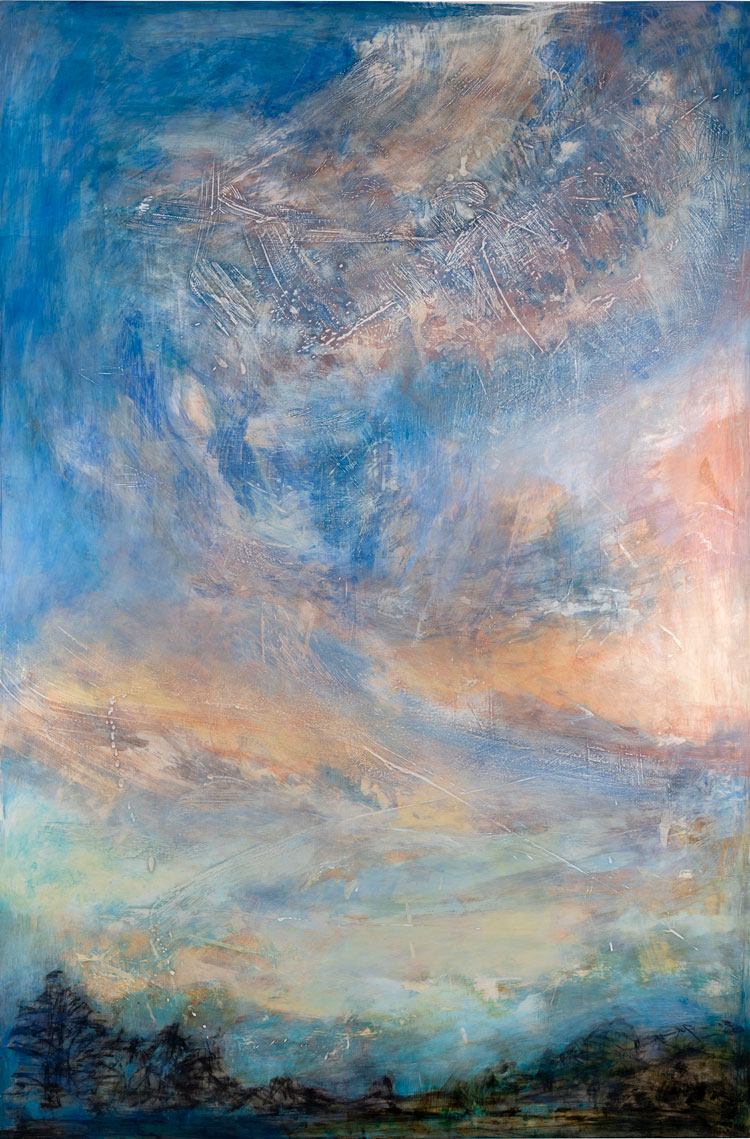
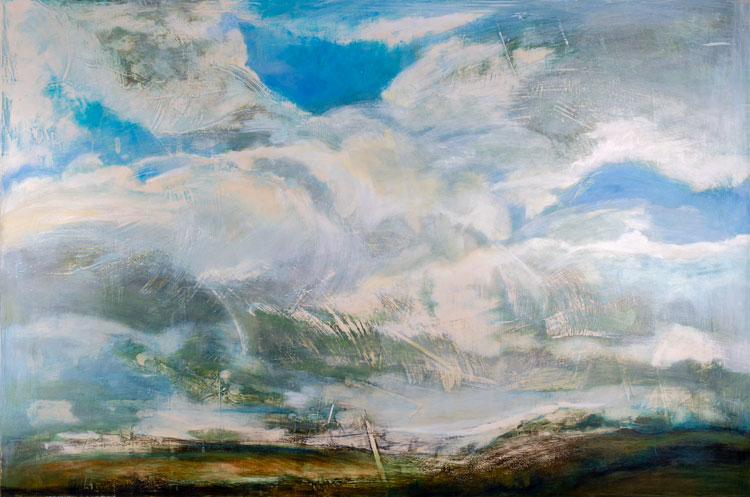
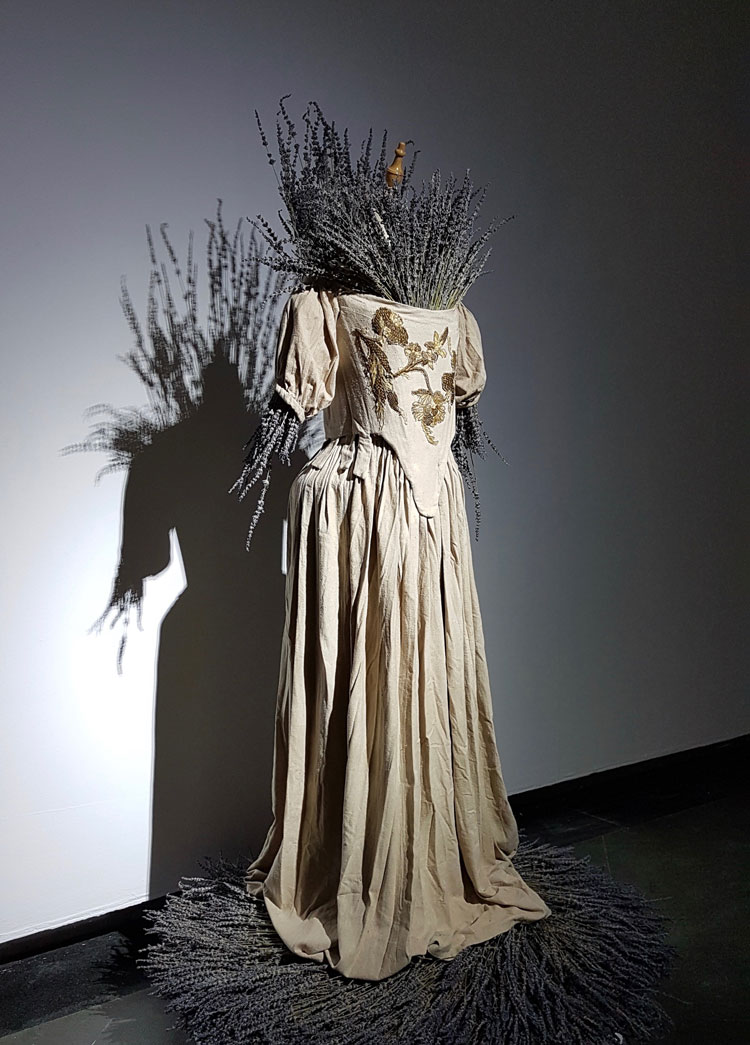
-by-Anna-Dumitriu-and-Alex-May-in-collaboration-with-scientist-Amanda-Wilson-Photo-credit-Vanessa-Graf-Ars-Electronica-2018.jpg)
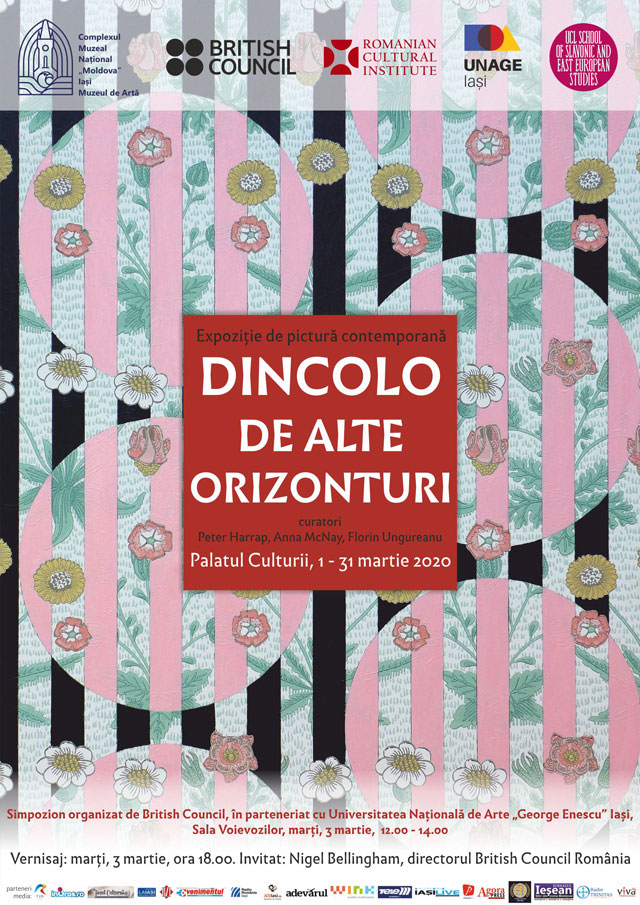
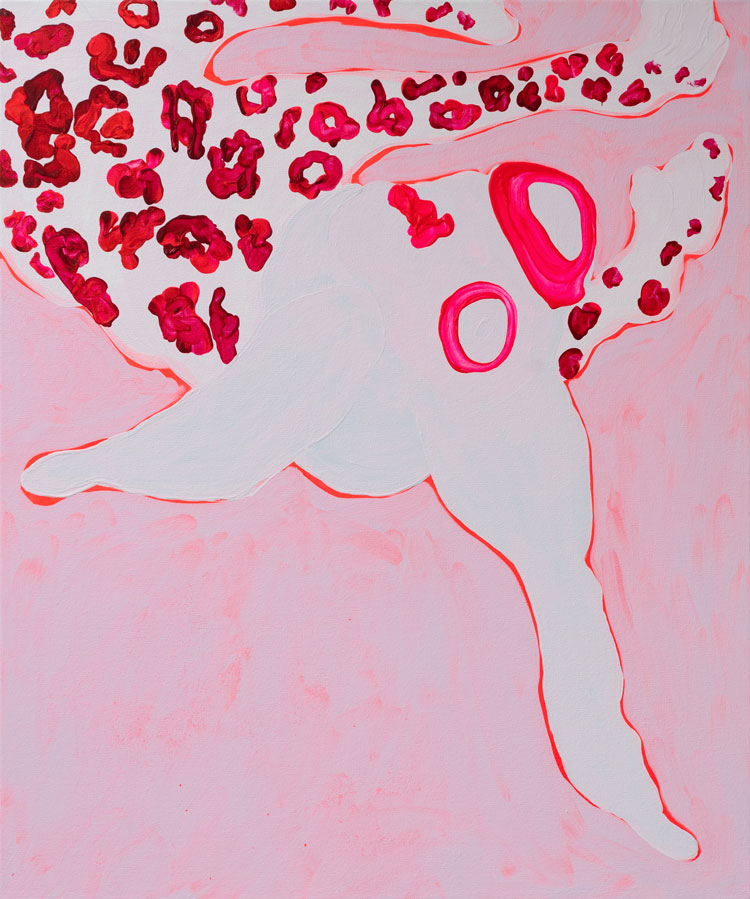
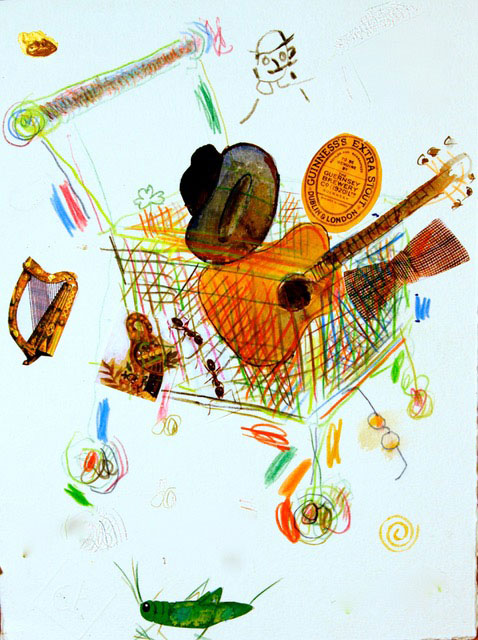
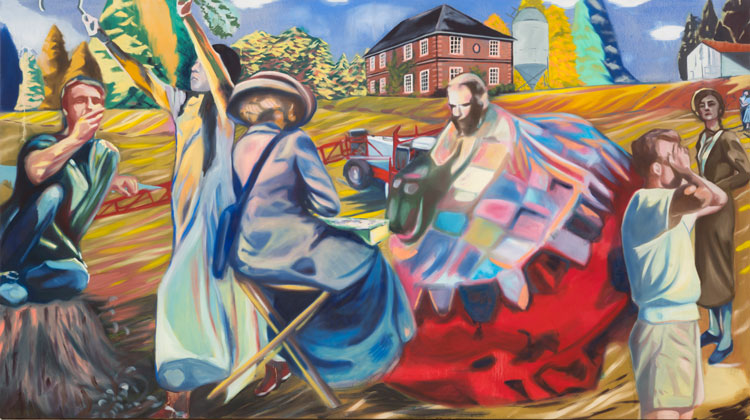
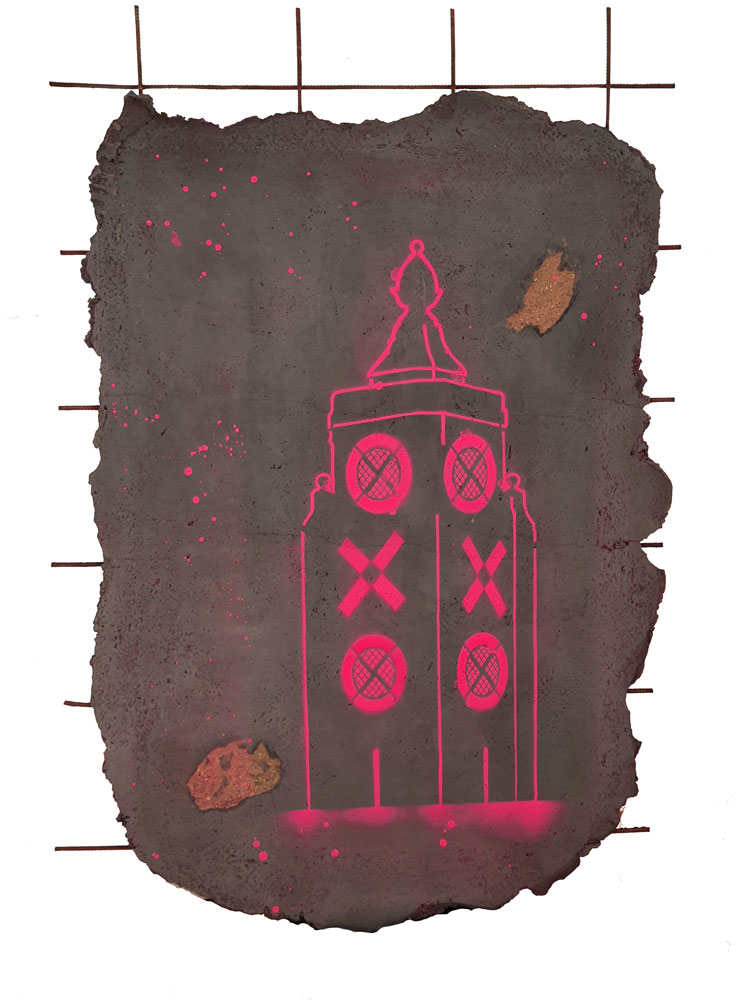
touched,-2017.jpg)
.jpg)